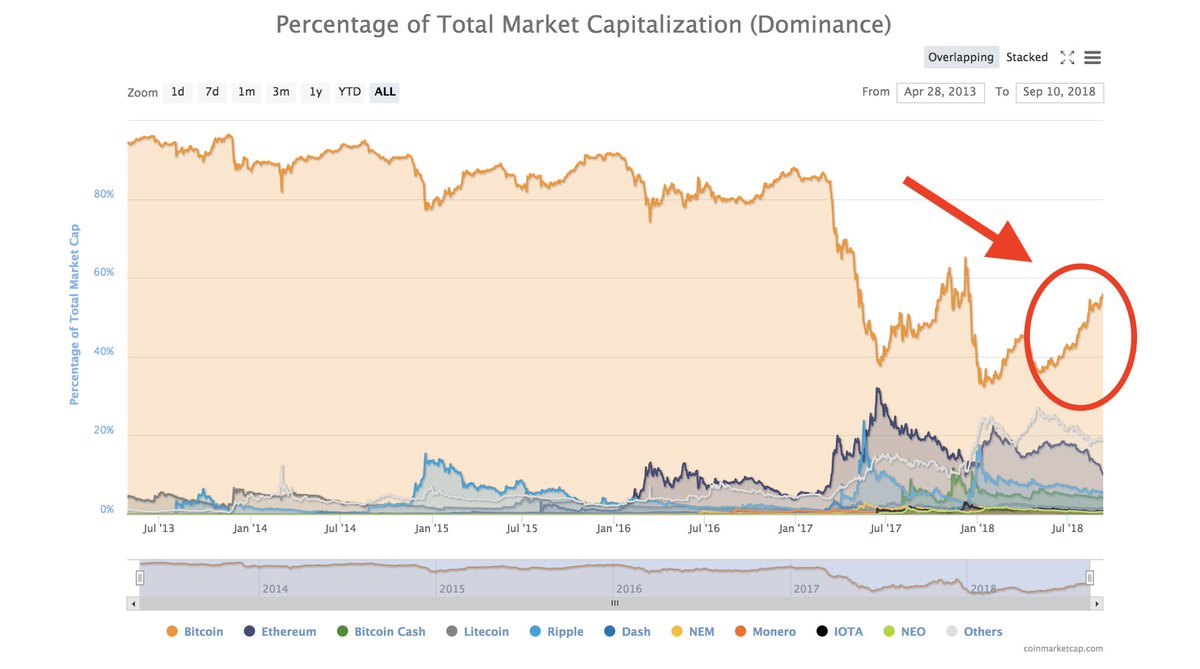1/ In 2017, the consensus structure to manage cryptoassets was a hedge fund. In 2018, we will see a trend of crypto-specific venture capital funds.
2/ We are seeing this already, with many of the prominent crypto hedge funds moving to raise venture capital funds— a good thing for the industry.
3/ Venture funds have committed capital (e.g., @placeholdervc’s is 10 years), which shields the fund from redemptions, providing more stable capital & allowing the managers to focus on helping the crypto-entrepreneurs.
4/ If specializing in pre-public cryptoassets, the ability to significantly help and focus on the entrepreneurs early is the reason an investor should be given the privilege to get involved in the first place.
5/ Even for many of the public cryptoassets, while they have network values in the 10’s or 100’s of millions, they face the trials and tribulations of early-stage startups.
6/ A committed investor with deep domain expertise in crypto can help teams w/ strategy, cryptoeconomics, messaging, hiring, dispute resolution, legal matters, and much more, as a traditional equity VC would.
7/ This isn’t to say a crypto-HF can’t do all of the above (there are some that do the above quite well). It’s more that the HF structure exposes the managers to more of the market, which can distract from an intended long-term focus.
8/ Last note, regardless of the fund structure, I hope private investors’ early share of a #cryptonetwork stays low in 2018 and beyond.
9/ Private investors owning too great a percentage of the #cryptonetwork goes counter to the open ethos of crypto, and by warping incentives can inhibit the network’s fundamental growth.
10/ Fingers crossed teams raise less $ early, and preserve a greater % of their tokens to *give away* in exchange for people & machines providing actual utility to the network.
• • •
Missing some Tweet in this thread? You can try to
force a refresh





